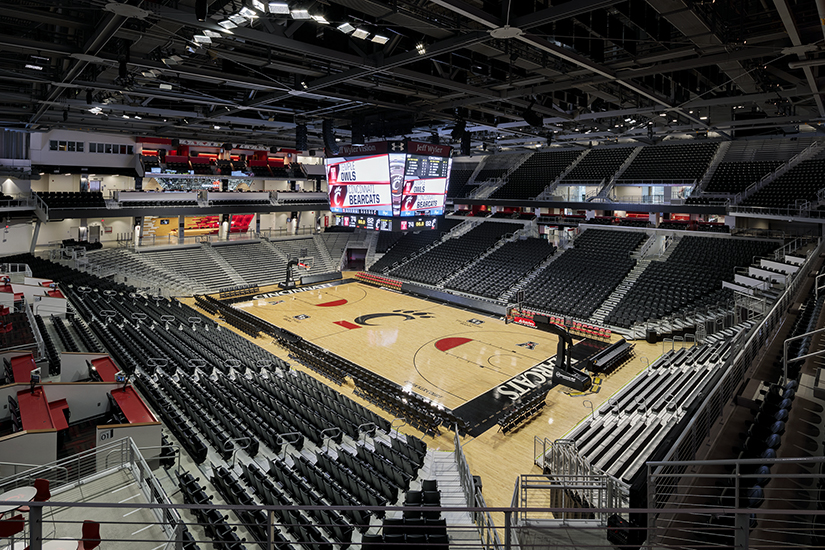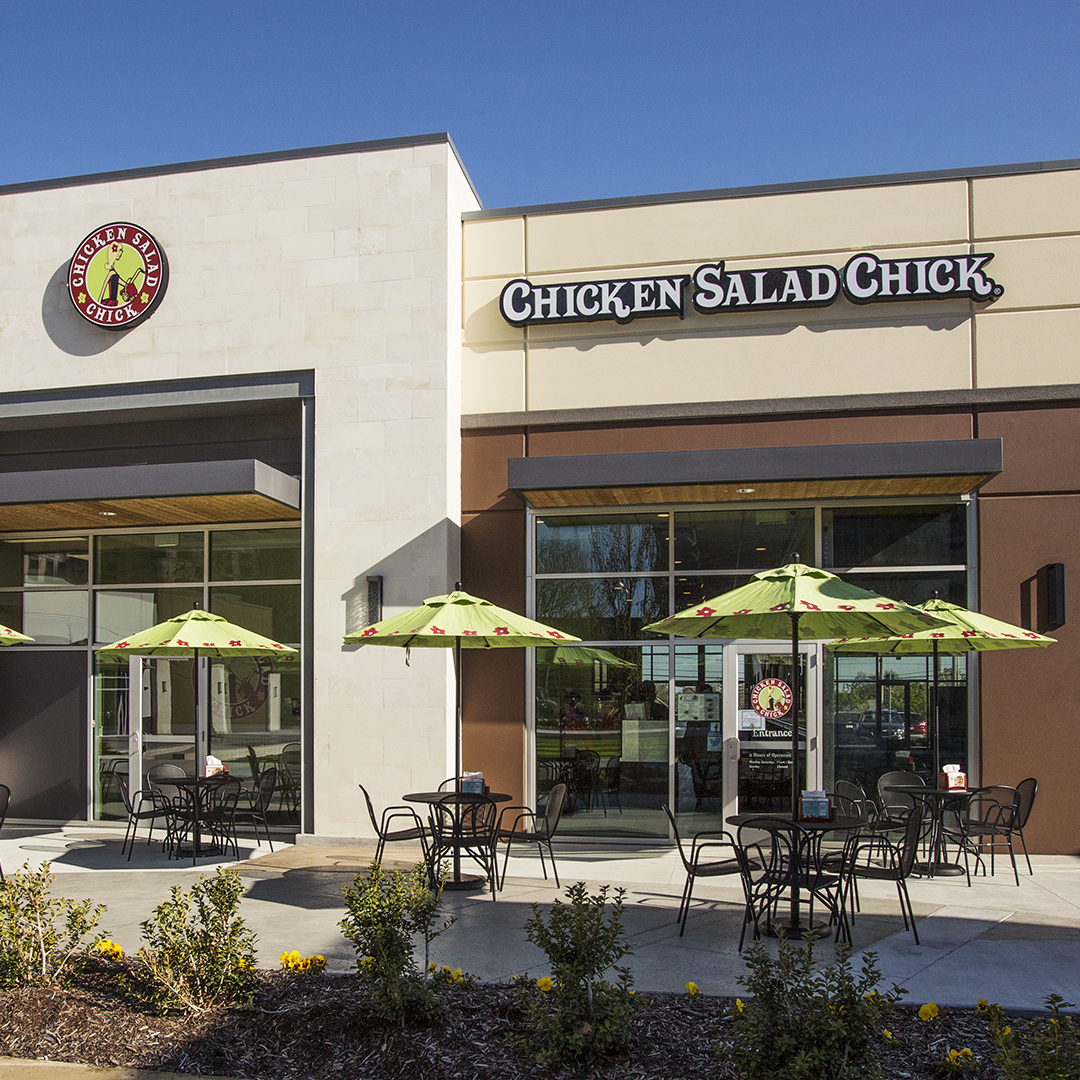|
Getting your Trinity Audio player ready...
|
The average grocery shopper may not pay much attention to the roof. Their eyes tend to be fixed on the shelves in search of the right brand of cereal, or maybe on a produce stand for the shiniest honeycrisp apple.
Whole Foods Market, however, would like the customers to take a look up. Though not always visible to the untrained eye, the roofs of the stores are often impressive places. Many have solar arrays, others capture rainwater, and one in Brooklyn even has a 20,000-square-foot commercial greenhouse up top.

Since Whole Foods Market opened the doors of its original Austin, Texas, location in 1980, caring for the environment has been a key part of its core purpose and values. But while the roofs serve many sustainable functions, Tristam Coffin, the director of sustainability and facilities in the company’s regional office in Emeryville, California, says that these are just a small piece of the organic pie.
“Refrigeration is the industry’s biggest opportunity for reducing our impact on climate,” Coffin says. “Typical refrigerant gasses can be 2,000 to 4,000 more potent than carbon dioxide, which if improperly managed equals a significant footprint.”
Other indirect greenhouse gas generators in the grocery industry include refrigerated display cases that lack doors and curtains. The company continues to address that in new builds and retrofits such that today about 60 percent of dairy, packaged meats, grab-and-go meals, cold beverages, and cut vegetables are now behind glass doors. This not only helps with energy efficiency but also supports maintaining product quality and reducing waste.
Coffin says energy efficiency, refrigerant gas management, and waste reduction—in products as well as building construction—are primary strategies that Whole Foods maintains to be environmentally responsible. Water management is another. Together, attention to these factors illustrates how the design, construction, and management of a multinational chain of grocery stores cannot be done in a cookie cutter fashion. Local climatic differences vary from Berkeley to Brooklyn, Birmingham to Brookline, and accordingly an efficient refrigeration and HVAC design may look one way in a hot and humid region, while completely different in a more temperate climate. Paying close attention to these often-overlooked details has significant environmental and economic impacts, Coffin observes.
Of course, being in California raises the bar for Coffin and his employer. All commercial construction in the state is subject to Title 24, the most stringent set of building codes designed to reduce energy consumption in the country.
“California is really pushing the envelope, and for all the right reasons,” Coffin says. “But for companies like ours that are well into the sustainability space we try to stay ahead of the code.” Rather than regard its requirements for thermal envelopes and lighting efficiency as matters of compliance, Coffin says they work with the state regulators in providing feedback on how to do it. The company aims its store designs for certifications established in the LEED, WELL, and Living Building Institute programs, while operationally 45 Whole Foods Market stores in Coffin’s territory received a Grocery Stewardship Certification from Manomet, a nonprofit environmental organization, in 2018.
Coffin shed light on what is possible in planning the Gowanus, Brooklyn, New York, Whole Foods store, which redefined what a grocery building can be. That store’s rooftop hosts Gotham Greens, the country’s first commercial-scale, rooftop hydroponic greenhouse integrated into a supermarket. It’s powered by a solar system and uses one-tenth the amount of water required for traditional agriculture.

“We can’t do a greenhouse on every roof,” Coffin cautions. “But we look at every roof in every location for solar and rainwater collection potential. Still, it has to have space for HVAC systems.” In other words, design cannot be universal, yet sustainability and resiliency should always be part of the equation; much of it boils down to the physical configurations of the structure and land.
Coffin and the team don’t always get raw, unbuilt sites to plan their work either. The majority of his time is spent on existing stores, doing what they can and what is feasible to achieve energy and water efficiencies, waste reduction, and implementing tight maintenance practices to eliminate refrigerant gas leaks. In partnership with a number of environmental and technology organizations (Prospect Silicon Valley, SF Environment, Arup, and Lawrence Berkeley National Laboratory), a store retrofit in San Francisco known as “MarketZero” is being modified to achieve zero-net energy use status.
As the company devises solutions in collaboration with external partners, it begs the question: doesn’t that make Whole Foods vulnerable to revealing their tactics to competitors?
“There are no competitors when it comes to sustainability,” Coffin affirms. “We want everyone to hit zero impact wherever possible.”

Across all US stores, Whole Foods produces 10 megawatts annually of solar energy, making good use of those roofs and even some PV-equipped canopies over parking lots. It’s a smart marketing message to their healthy foods shoppers who have a high propensity to buy local, organic, and sustainably grown foods.
“How we build should match what we sell,” Coffin says. Next time you find yourself in a Whole Foods, be sure to not just shop the responsibly sourced products: look up and look around.
SEER2 has enjoyed Tristam’s partnership in developing and implementing numerous notable projects at Whole Foods Market that utilized the alternative systems and/or refrigerants to create holistic and sustainable refrigeration/HVAC solutions. His passion and vision is contagious and has helped drive a mature refrigeration industry toward more climate-friendly and high-performance solutions!


